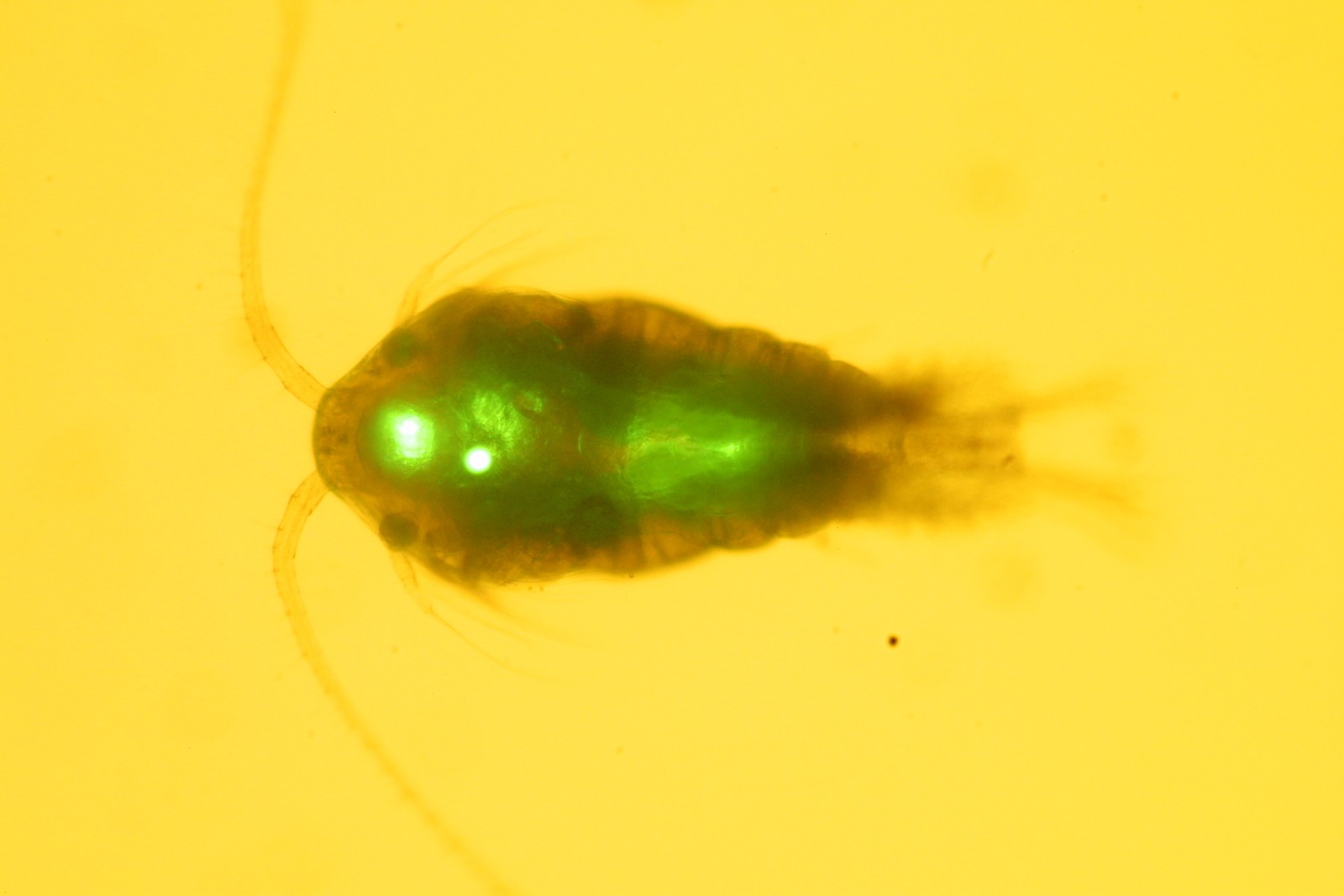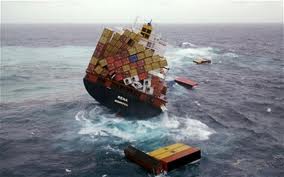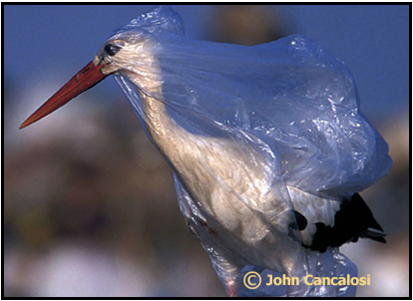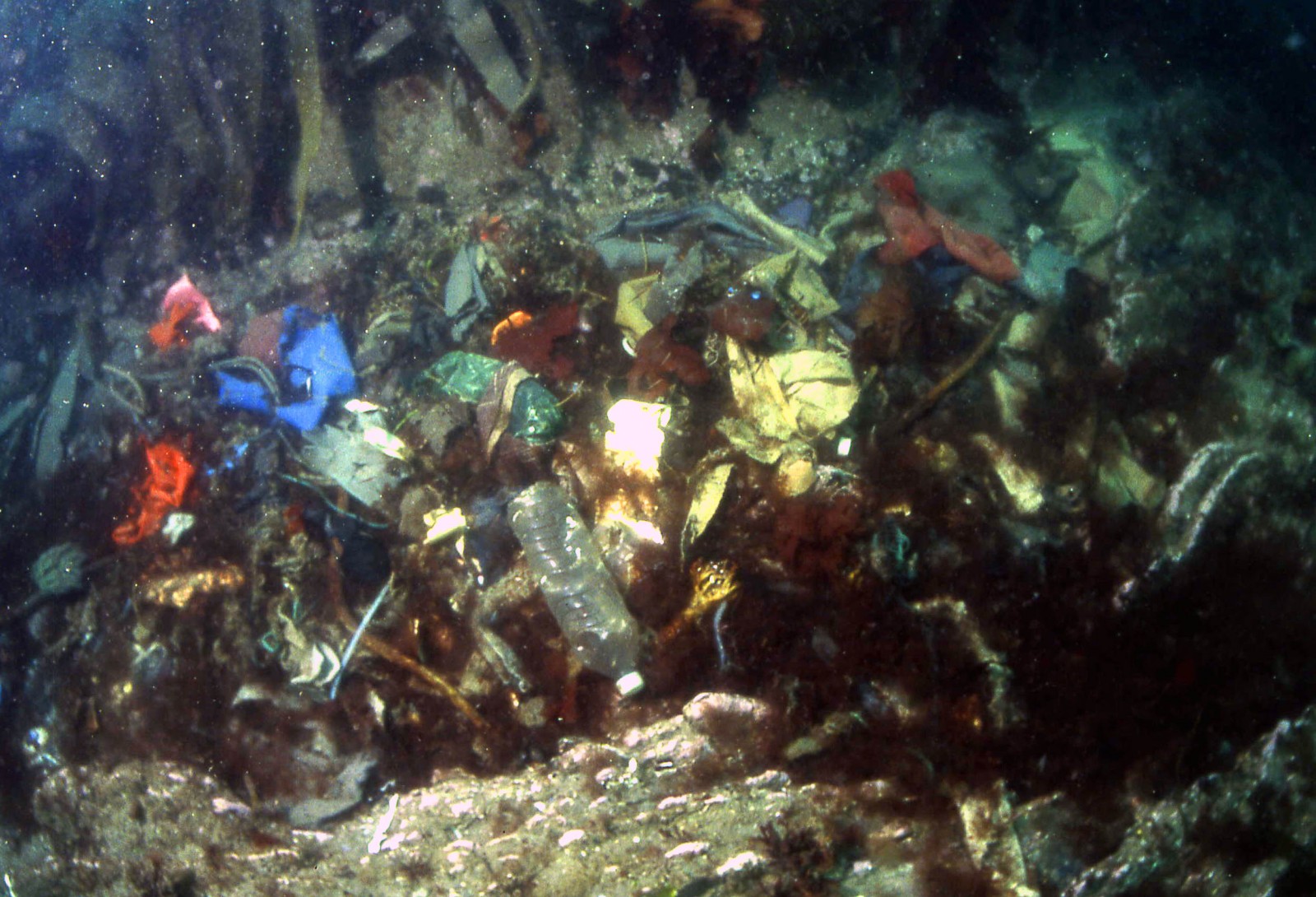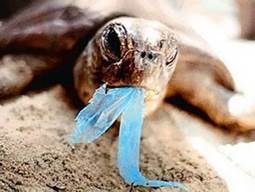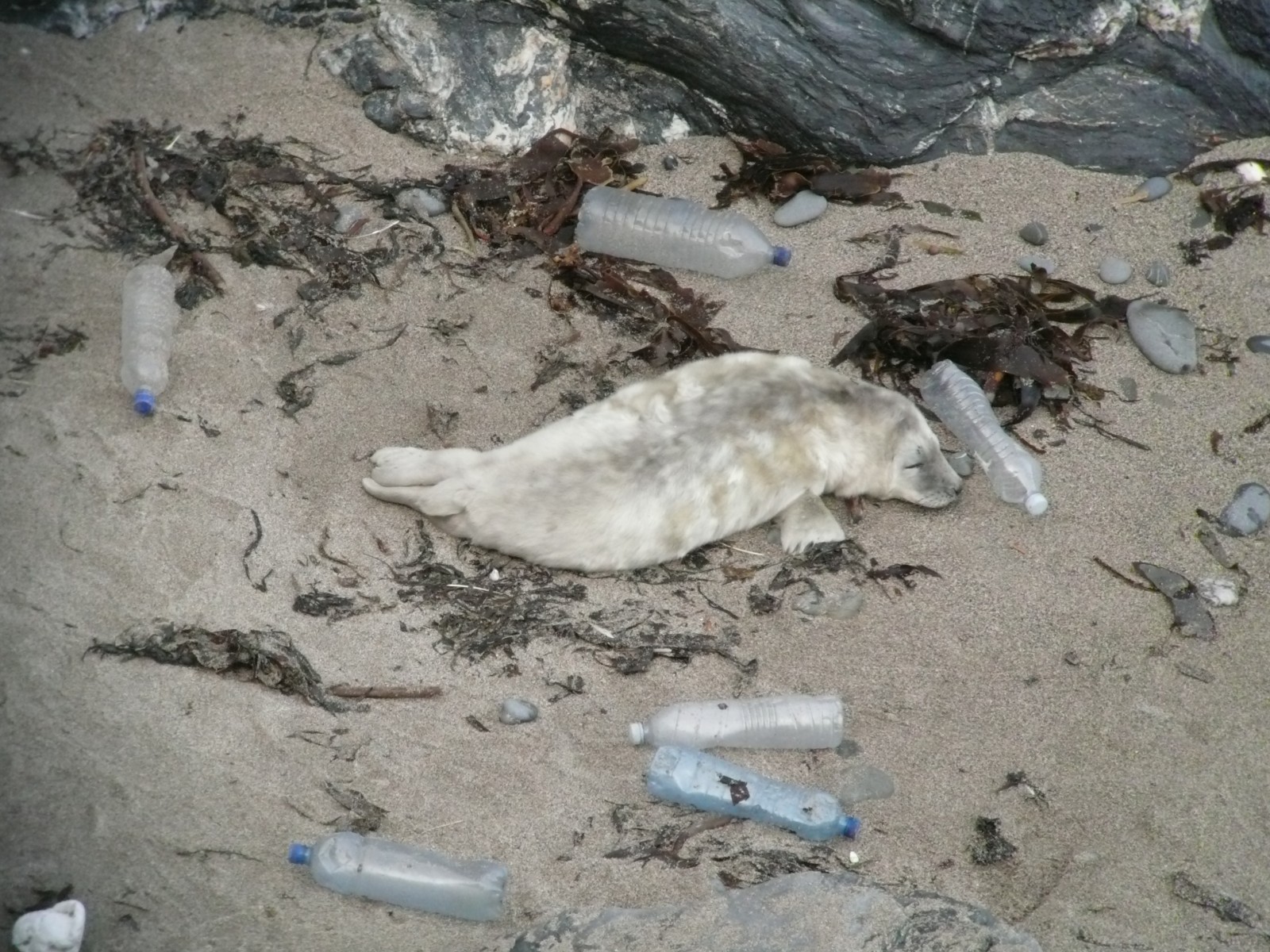The plastic problem
Believe it or not, but the first plastic was ‘ecological’ – invented by the Victorians as a substitute for ivory and whale bone. Elephant and whale numbers were crashing due to hunting for these products, spurred by demand for ivory piano keys and billiard balls and whalebone corsets.
Plastic is light, strong, cheap and versatile, and for about the past 60 or 70 years we have been using it for a huge array of applications.
Today we live in the Plastic Age. Modern life would be unimaginable without this material, which is in almost everything we use, from food packaging, cars, pens and phones to computers, furniture, chewing gum, balloons, paints, toys, clothes and cosmetics.
The world made more plastic in past 10 years than the whole of previous history and production is growing exponentially.
However, the downside of plastic is that it doesn’t break down. Every piece of plastic ever made is still out there. Every piece of plastic you have used in your life will still exist long after you have died and your own body has decomposed.
More than half of everything we throw away today is plastic – but only about 5% is recycled. Large amounts of the plastic we use come in the form of single-use, disposable items such as water and drinks bottles, food packaging, shopping bags, takeaway containers and coffee cups (even the 'paper' type are lined with plastic).
One in 10 pieces of plastic are thought to end up in the sea – and up to 80% of these start out on land. This could be in the form of litter from streets washed down storm drains, plastics lost in the waste collection and disposal process, and plastic items flushed down toilets (e.g. cotton bud sticks, tampon applicators, wetwipes, toothpaste caps, etc).
Plastic also gets into the sea through deliberate dumping, lost fishing gear and container ship spills. Many cosmetics, such as face/body scrubs and some toothpastes, contain tiny plastic beads, which are flushed straight down the drain. Synthetic clothes release thousands of nano filaments each time they are washed, which also end up directly in the water system.
Plastic accumulates at higher concentrations in the world’s five ‘gyres’, areas of ocean where circling currents attract and retain floating matter. The most famous of these, the Pacific Gyre, is estimated to contain six times more plastic particles than plankton.
Plastic is found everywhere throughout the oceans - even thousands of metres down at the bottom of deep sea trenches and frozen into Arctic ice.
The UN estimates that one million sea birds and at least 100,000 seals, dolphins, whales and turtles are killed each year by plastic – either because they mistake it for food or become entangled in it.
All levels of marine organisms ingest plastic, including coral, zooplankton - the foundation of the marine food web - and commercial crustacean, shellfish and fish species.
Toxins in seawater, many of them banned decades ago, such as DDT and PCB, adhere to the surface of floating plastics, making them even more harmful to animals that consume them.
Research is being conducted into the endocrine-disrupting effects of these chemicals in many species, and the way they are bio-magnified up the food chain in higher predators such as whales, dolphins, seabirds. And humans?
Every piece of plastic you have used in your life will still exist long after you have died and your own body has decomposed.

